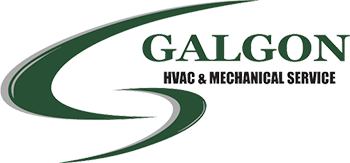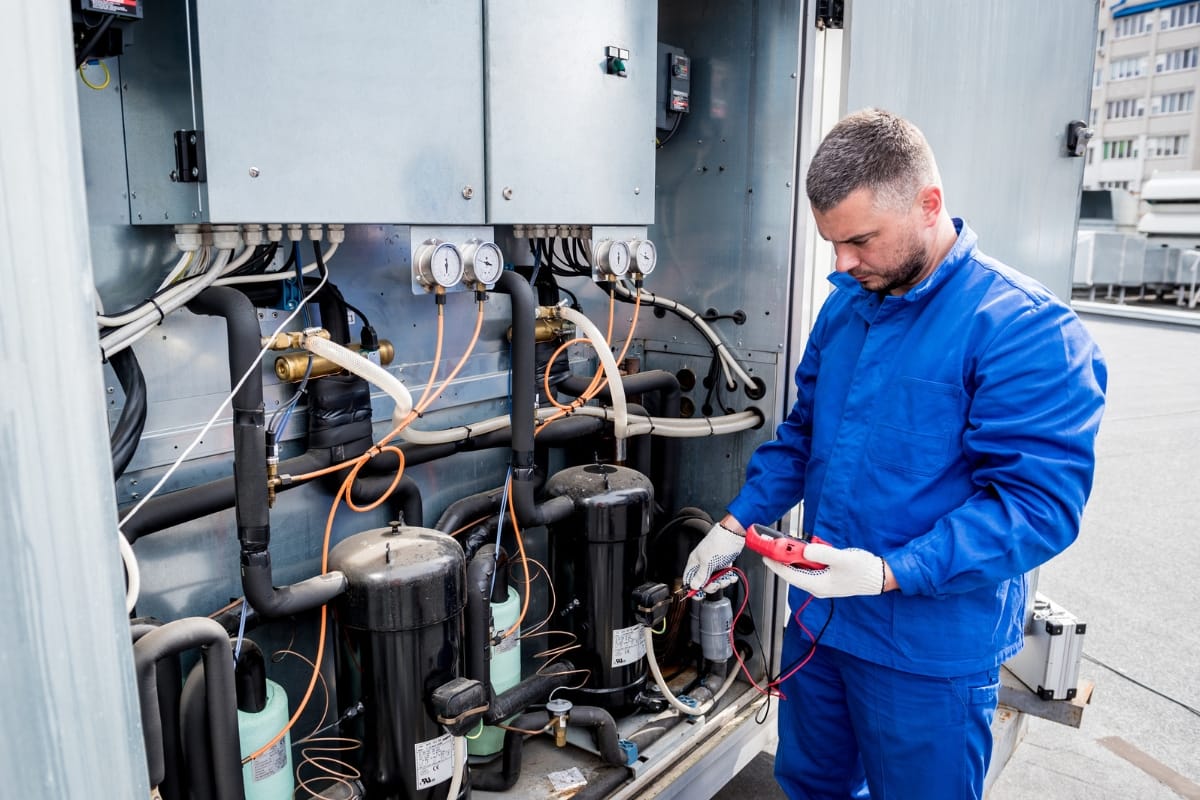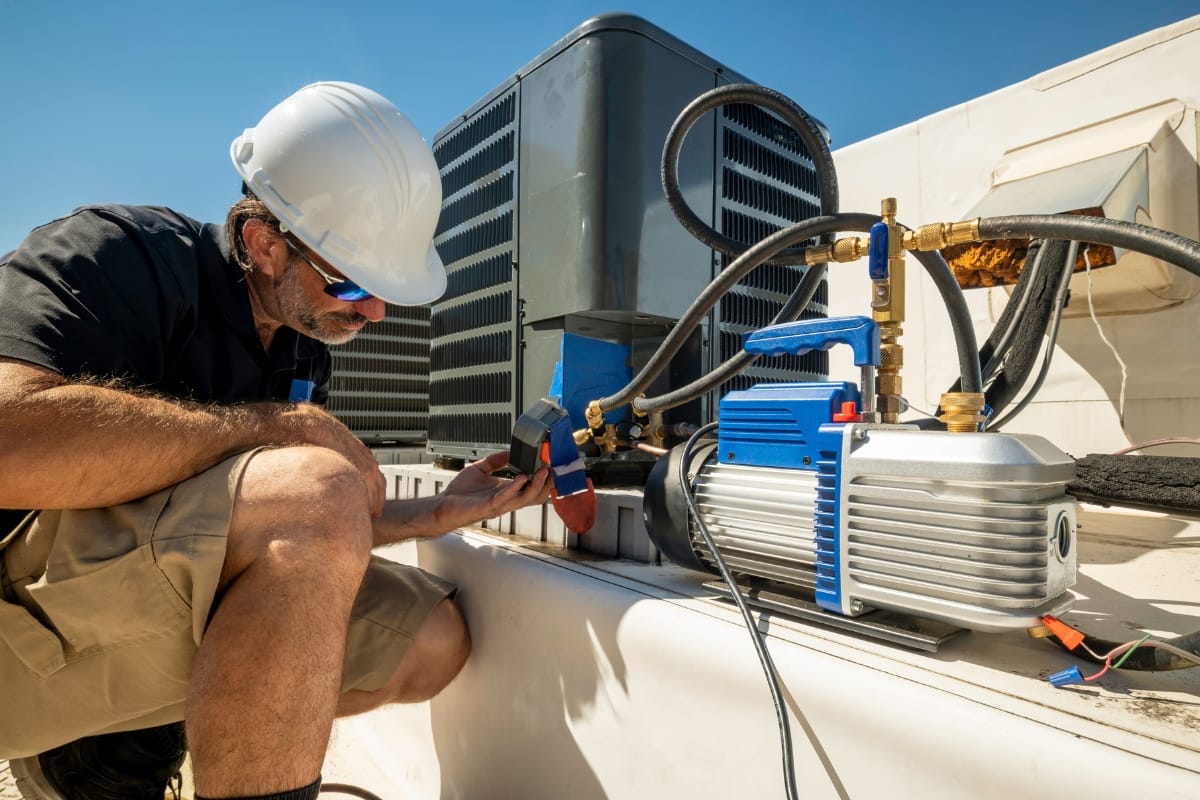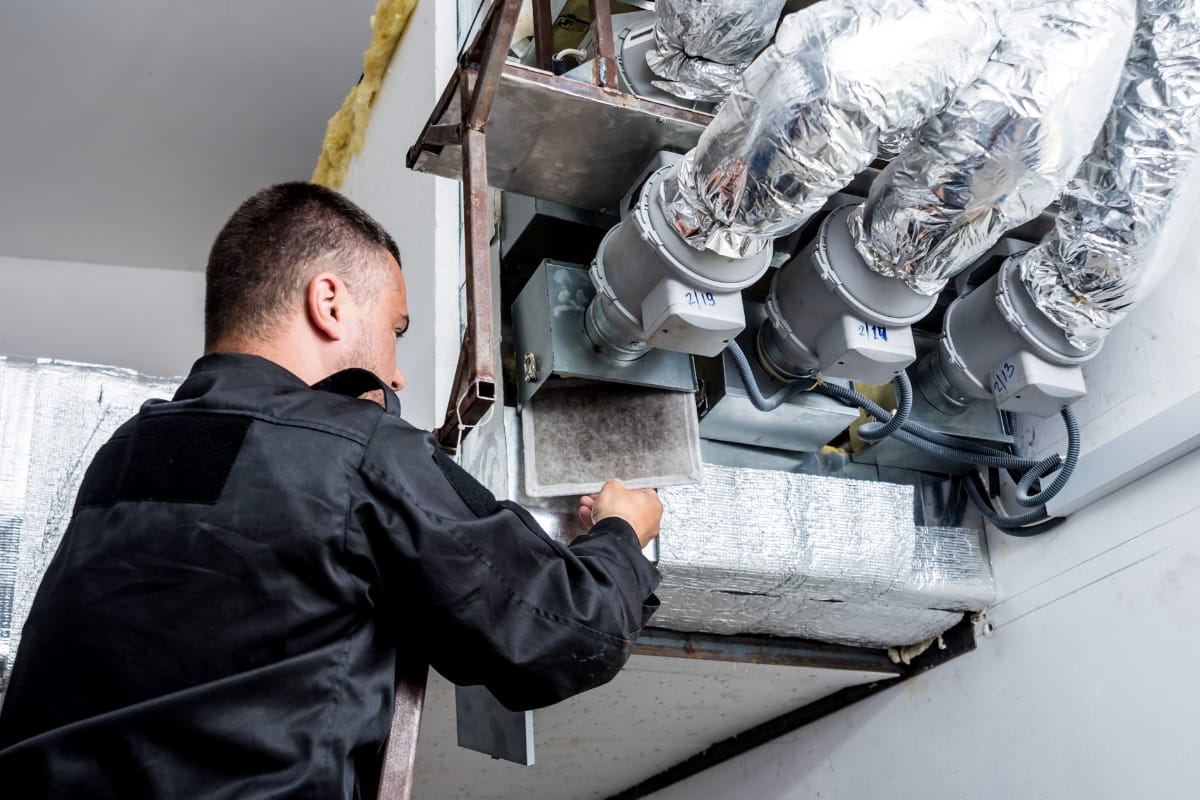Navigating the complexities of HVAC cost analysis is essential for businesses aiming to maximize efficiency and profitability in the heating, ventilation, and air conditioning industry.
From installation and maintenance to energy consumption and equipment upgrades, every aspect of HVAC operations impacts the bottom line. In this guide, we’ll explore the intricacies of HVAC cost analysis, offering insights and strategies to help businesses optimize their operations, minimize expenses, and boost profitability.
Whether you’re a seasoned HVAC professional or a business owner looking to make informed decisions, mastering cost analysis is key to staying competitive and thriving in the dynamic HVAC market. Get ready to uncover the path to enhanced efficiency and increased profits in the world of HVAC.
HVAC Cost Analysis: Your Ultimate Guide to Lowering Energy Expenses
Understanding the Impact of HVAC Cost Analysis on Business Operations
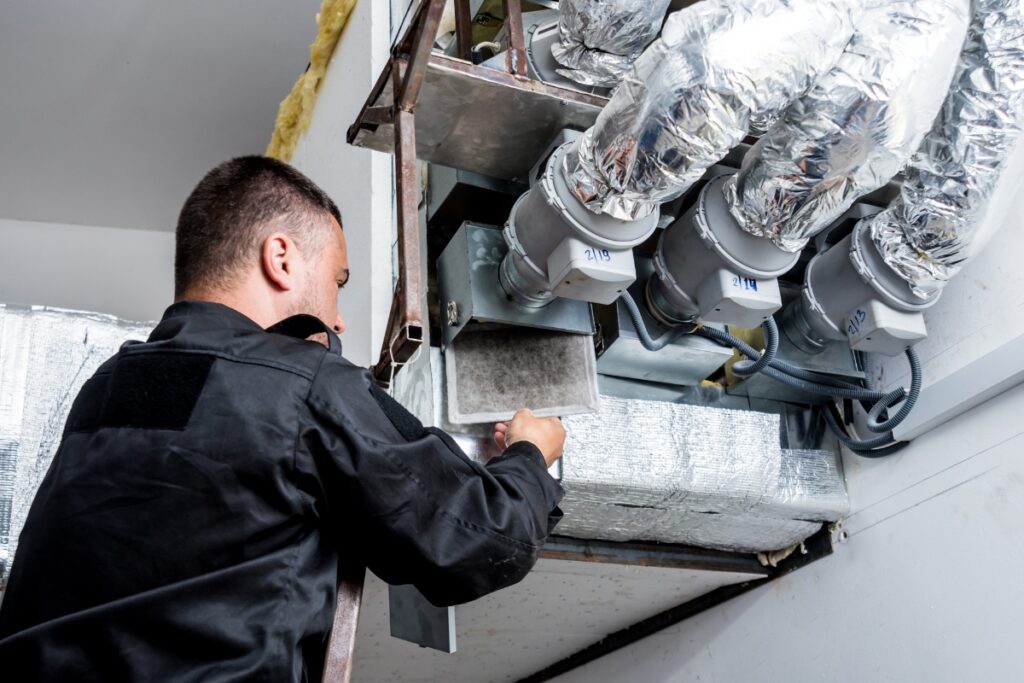
HVAC cost analysis is a critical component of business operations, as it directly impacts both the bottom line and overall efficiency. By analyzing the costs associated with heating, ventilation, and air conditioning systems, businesses can gain valuable insights into their energy consumption patterns and identify areas for improvement. This understanding allows them to make informed decisions that optimize HVAC performance while minimizing expenses.
One of the key benefits of conducting an HVAC cost analysis is the ability to identify potential areas of inefficiency. By examining energy usage data and conducting thorough audits, businesses can pinpoint specific aspects of their commercial HVAC systems that may be contributing to excessive energy consumption or poor performance. For example, outdated equipment or improperly sealed ductwork can lead to significant energy losses and increased costs.
Once these inefficiencies are identified, businesses can then implement targeted strategies to improve HVAC performance and reduce expenses. This may involve upgrading equipment to more energy-efficient models, implementing smart controls and automation systems, or improving insulation and sealing in the building envelope. By taking these steps, businesses can not only reduce their environmental footprint but also achieve substantial cost savings in the long run.
Key Components of HVAC Cost Analysis in Commercial Spaces
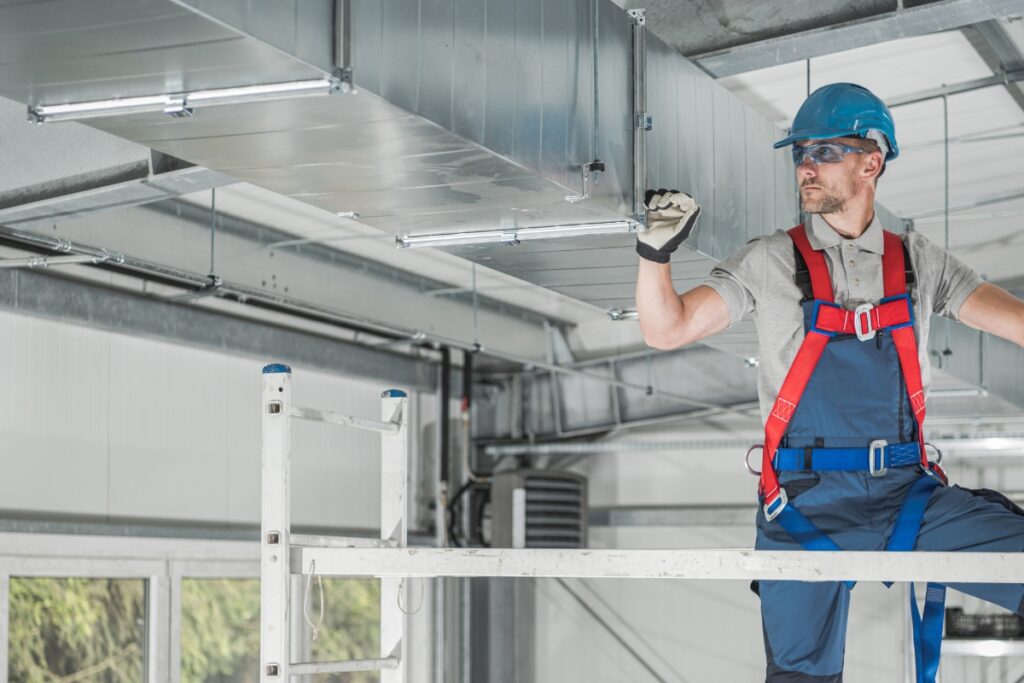
When conducting an HVAC cost analysis in commercial spaces, several key components should be considered:
- Energy Consumption: Analyzing historical energy consumption data allows businesses to understand their baseline usage patterns and identify any abnormal spikes or trends. This information serves as a benchmark for evaluating the effectiveness of future efficiency measures.
- Maintenance Costs: Regular maintenance is crucial for ensuring optimal HVAC performance. By tracking maintenance expenses, businesses can assess whether their current maintenance practices are cost-effective or if adjustments need to be made.
- Equipment Lifespan: HVAC systems have a finite lifespan, and their efficiency tends to decline over time. By evaluating the age and condition of equipment, businesses can anticipate future replacement costs and plan accordingly.
- Operational Expenses: In addition to energy consumption, other operational expenses such as repairs, filter replacements, and thermostat adjustments should be factored into the cost analysis. These costs can vary significantly depending on the size of the commercial space and its specific HVAC requirements.
By considering these key components, businesses can gain a comprehensive understanding of their HVAC cost structure and identify areas where improvements can be made.
Identifying Areas of Inefficiency in HVAC Systems
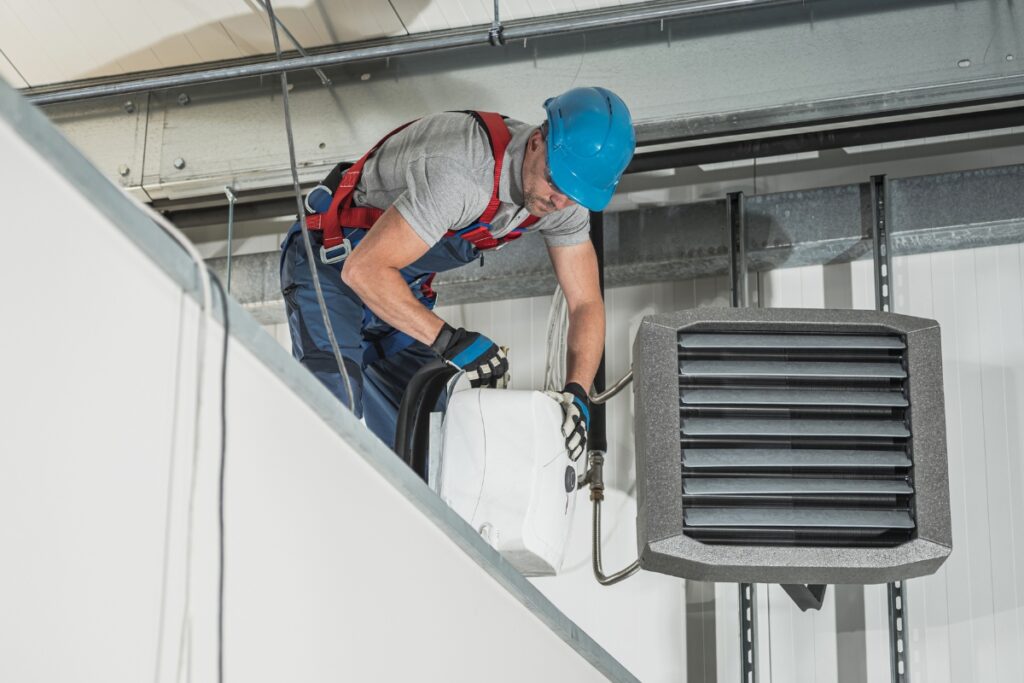
When it comes to HVAC cost analysis, identifying areas of inefficiency in HVAC systems becomes crucial for maximizing business efficiency and profitability. By pinpointing these inefficiencies, businesses can streamline their operations, reduce operational costs, and ultimately increase their bottom line.
One key area to focus on during HVAC cost analysis is energy consumption. Analyzing energy usage patterns within HVAC systems can reveal opportunities for optimization. This can include implementing energy-efficient equipment, enhancing insulation, or adjusting temperature settings to reduce overall energy consumption and lower utility bills.
Another aspect to consider is maintenance costs. Regular maintenance of HVAC systems is essential to ensure optimal performance and longevity. By analyzing maintenance schedules, businesses can identify potential areas where maintenance costs can be reduced without compromising system efficiency.
Furthermore, a thorough examination of HVAC system design and layout can uncover inefficiencies that may be impacting overall performance. This can involve assessing airflow distribution, ductwork design, and equipment placement to identify opportunities for improvement.
In addition to these areas, monitoring and analyzing data from HVAC systems in real-time can provide valuable insights into system performance. By leveraging data analytics and monitoring tools, businesses can proactively identify inefficiencies, troubleshoot issues promptly, and make data-driven decisions to optimize HVAC operations.
Implementing Energy-Efficient Strategies for Cost Savings
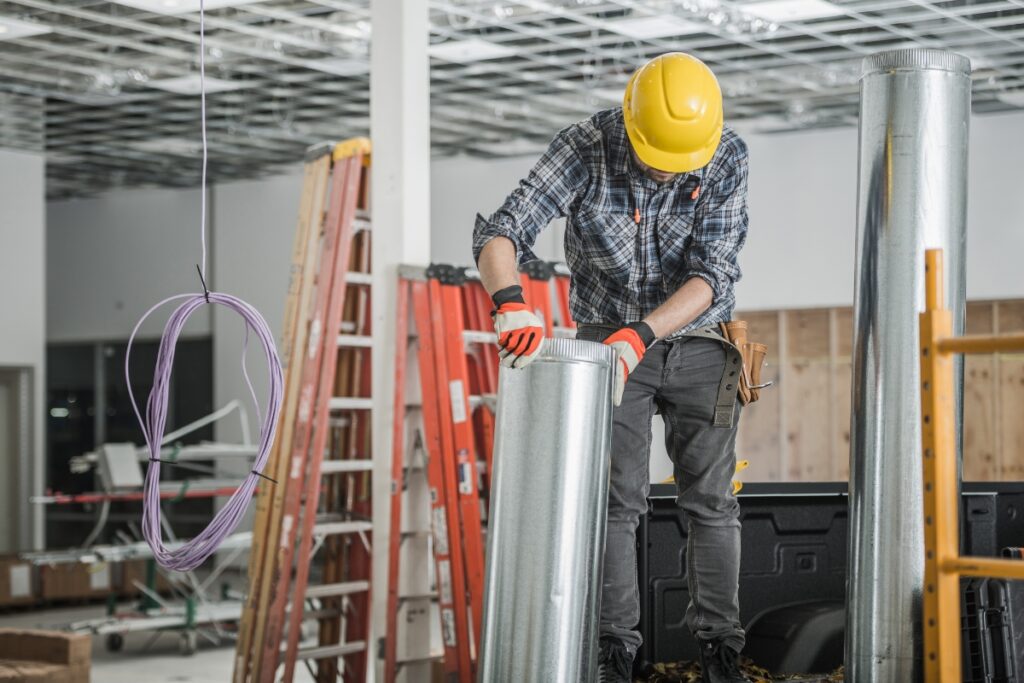
When it comes to HVAC cost analysis, implementing energy-efficient strategies is crucial for maximizing business efficiency and profitability. By focusing on energy savings, businesses can significantly reduce their operational costs and increase their bottom line. Let’s delve into some effective strategies that can help businesses save costs through energy efficiency.
- Regular HVAC System Maintenance: Conducting routine maintenance on HVAC systems is essential for optimal performance. Ensuring that filters are clean, belts are properly adjusted, and all components are working efficiently can help reduce energy consumption and prolong the lifespan of the system.
- Invest in Energy-Efficient Equipment: Upgrading to energy-efficient HVAC equipment can lead to substantial cost savings in the long run. Energy-efficient models consume less energy while providing the same level of heating and cooling, resulting in lower utility bills for businesses.
- Implement Smart Thermostats: Smart thermostats allow businesses to control temperature settings based on occupancy and usage patterns. By programming the HVAC system to operate only when needed, businesses can avoid unnecessary energy consumption and reduce costs.
- Optimize Building Insulation: Proper insulation helps maintain a consistent indoor temperature, reducing the workload on HVAC systems. By investing in quality insulation, businesses can minimize heat loss or gain, leading to lower energy usage and cost savings.
- Utilize Natural Ventilation: Leveraging natural ventilation through windows, vents, or skylights can help reduce the reliance on HVAC systems, especially during mild weather conditions. This approach not only saves energy but also enhances indoor air quality.
- Monitor Energy Consumption: Implementing energy monitoring systems can provide real-time data on energy usage, identifying areas where energy is being wasted. By tracking energy consumption patterns, businesses can make informed decisions to optimize energy usage and minimize costs.
- Employee Training and Awareness: Educating employees on energy-efficient practices and encouraging them to adopt energy-saving behaviors can contribute to significant cost savings. Simple actions like turning off lights, unplugging devices, and adjusting thermostat settings can make a difference in overall energy consumption.
The Role of Regular Maintenance in Optimizing HVAC Efficiency
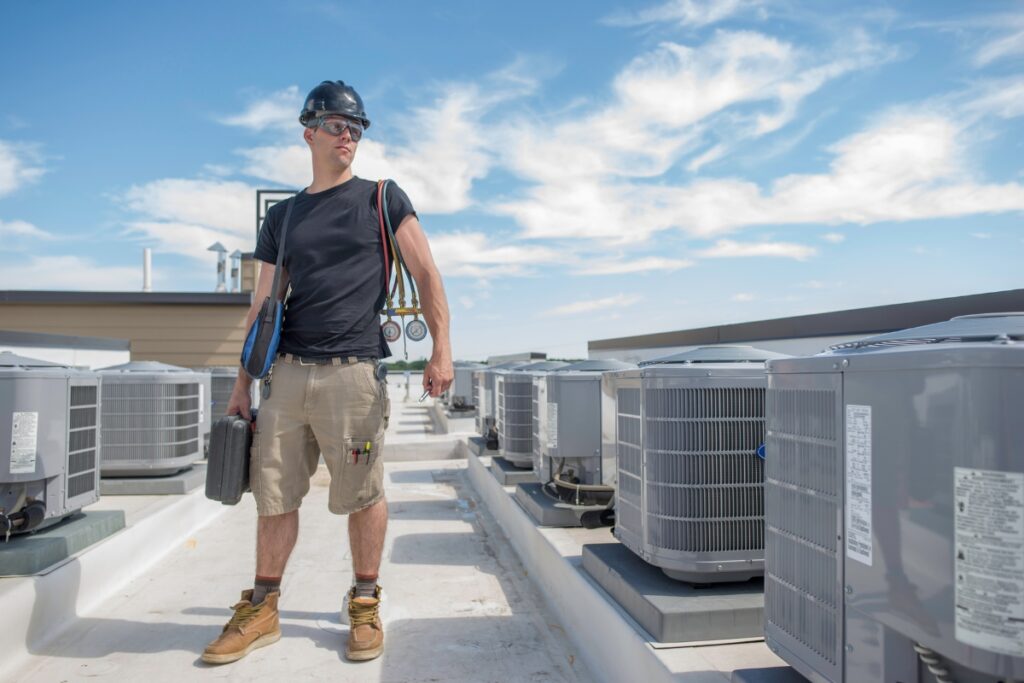
Regular maintenance plays a crucial role in optimizing HVAC efficiency, which is essential for businesses looking to maximize their profitability. By conducting routine maintenance on heating, ventilation, and air conditioning systems, businesses can ensure that their equipment operates at peak performance levels, leading to cost savings and improved energy efficiency.
When it comes to HVAC cost analysis, investing in regular maintenance is a smart business decision. Preventive maintenance helps identify and address potential issues before they escalate into costly repairs or system failures. By scheduling periodic inspections, cleaning, and tune-ups, businesses can extend the lifespan of their HVAC equipment and reduce the risk of unexpected breakdowns.
Moreover, regular maintenance not only improves the efficiency of HVAC systems but also enhances indoor air quality. Clean filters, ducts, and coils help prevent the buildup of dust, allergens, and contaminants, creating a healthier and more comfortable work environment for employees and customers.
In addition to cost savings and improved air quality, optimizing HVAC efficiency through regular maintenance can also contribute to sustainability goals. Energy-efficient systems consume less power, reducing carbon emissions and environmental impact. By proactively maintaining HVAC equipment, businesses can demonstrate their commitment to sustainability while enjoying long-term cost benefits.
Harnessing Technology for Enhanced HVAC Performance and Cost Reduction
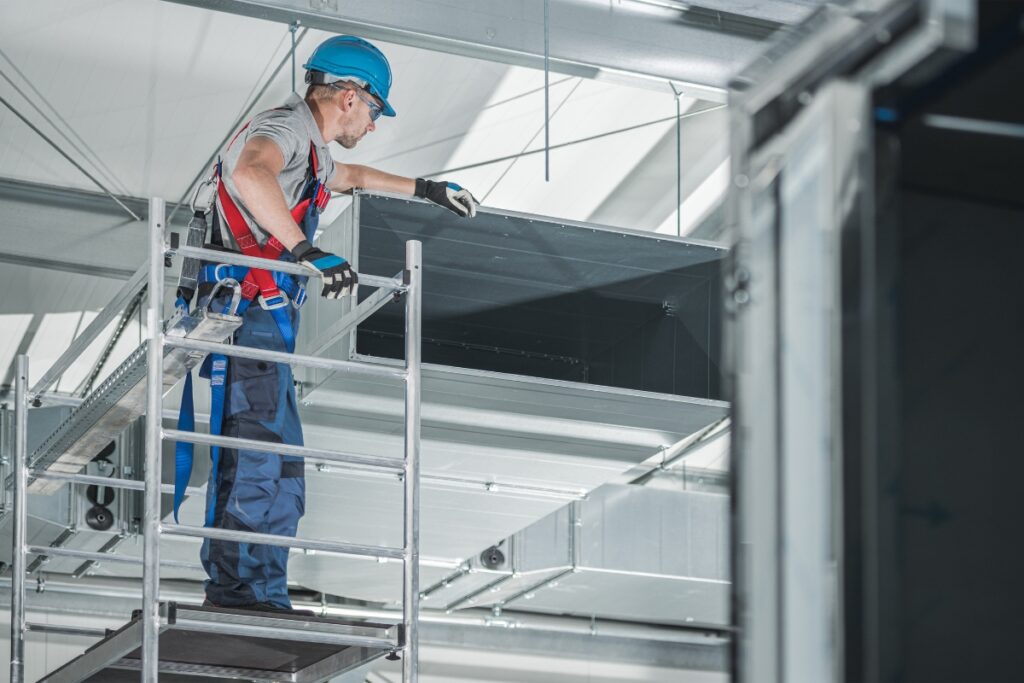
With the continuous advancement of technology, the HVAC industry has witnessed significant improvements in performance and cost reduction strategies. HVAC cost analysis plays a crucial role in maximizing business efficiency and profitability. By harnessing the latest technological innovations, companies can optimize their HVAC systems for enhanced performance while simultaneously reducing operational costs.
One key aspect of HVAC cost analysis is the utilization of smart thermostats and sensors. These devices enable precise temperature control and real-time monitoring of energy consumption. By leveraging data-driven insights provided by these technologies, businesses can identify inefficiencies in their HVAC systems and implement targeted solutions to improve performance and reduce costs.
Another important factor in enhancing HVAC performance is predictive maintenance. Through the use of predictive analytics and machine learning algorithms, companies can proactively identify potential equipment failures and schedule maintenance tasks accordingly. This proactive approach not only minimizes downtime but also extends the lifespan of HVAC equipment, ultimately leading to cost savings in the long run.
Furthermore, the integration of building automation systems (BAS) can streamline HVAC operations and optimize energy usage. BAS allows for centralized control of various building systems, including HVAC, lighting, and security. By automating routine tasks and adjusting settings based on occupancy levels and external conditions, businesses can achieve significant energy savings without compromising comfort levels.
Financial Benefits of Investing in Energy-Efficient HVAC Systems
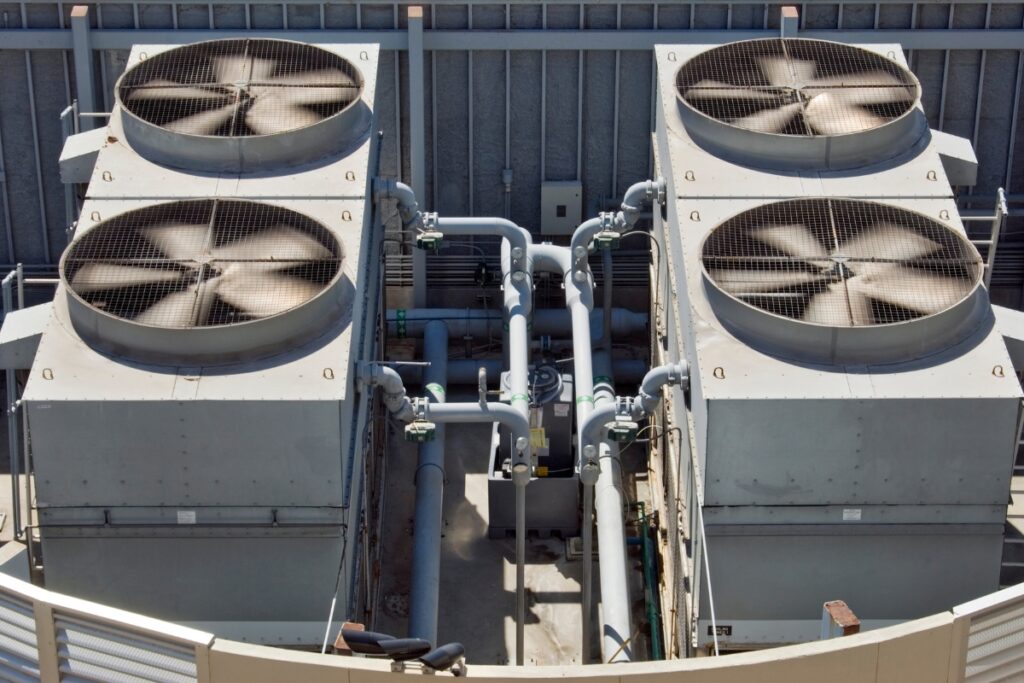
When it comes to maximizing business efficiency and profitability, one key area to focus on is the financial benefits of investing in energy-efficient HVAC systems. Conducting an HVAC cost analysis can reveal the significant advantages that such systems offer.
Energy-efficient HVAC systems are designed to minimize energy consumption while maintaining optimal performance levels. By investing in these systems, businesses can experience reduced energy costs over time. This cost-saving aspect is crucial for improving the overall financial health of a company.
Moreover, energy-efficient HVAC systems often require less maintenance compared to traditional systems. With lower maintenance needs, businesses can save on repair and upkeep expenses, thereby contributing to long-term cost savings.
Another financial benefit of energy-efficient HVAC systems is their positive impact on property value. Properties equipped with energy-efficient systems are more desirable to potential buyers or tenants, leading to higher property valuations. This can be especially advantageous for businesses looking to sell or lease their properties in the future.
Furthermore, energy-efficient HVAC systems can help businesses qualify for various rebates, incentives, and tax credits offered by government agencies or utility companies. Taking advantage of these financial incentives can significantly offset the initial investment cost of installing energy-efficient systems.
Evaluating the ROI of HVAC Upgrades and Retrofits

When considering HVAC upgrades or retrofits, evaluating the return on investment (ROI) is crucial. Here are some factors to consider:
- Initial Investment: Calculate the upfront costs of equipment purchase, installation, and any necessary modifications to the existing infrastructure.
- Lifecycle Cost Analysis: Assess the long-term operational savings resulting from energy efficiency improvements against the initial investment to determine the payback period.
- Incentives and Financing Options: Explore available incentives, rebates, or financing options that can help offset upfront costs or reduce payback periods.
- Predicted Lifespan of Equipment: Consider how long the upgraded equipment is expected to last and factor in potential maintenance or replacement costs in the future.
By conducting a thorough ROI analysis, businesses can make informed decisions about whether to proceed with HVAC upgrades or retrofits based on their financial goals and constraints.
Conclusion: Driving Business Efficiency and Profitability Through Strategic HVAC Cost Analysis
HVAC cost analysis plays a pivotal role in optimizing business operations by maximizing efficiency and profitability. By understanding the impact of HVAC systems on overall expenses, identifying areas of inefficiency, implementing energy-efficient strategies, prioritizing regular maintenance, harnessing technology advancements, and evaluating financial benefits, businesses can make informed decisions that drive operational excellence and financial success.
Ready to optimize your business for maximum HVAC efficiency and profitability? Trust Galgon HVAC & Mechanical Service for expert guidance and commercial HVAC solutions tailored to your business’s needs. Contact us at (404) 352-1500 or visit our website to request a service or quote. Let’s work together to elevate your business to new heights of success.
